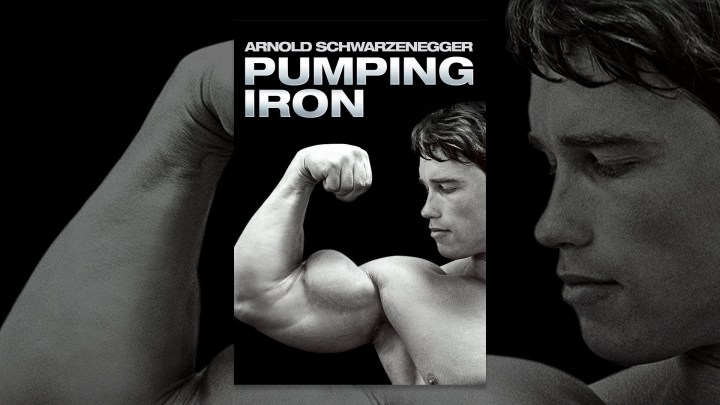
The utility of bodybuilding

Hi there,
It has been many decades since I first watched “Pumping Iron,” and this time around I was all set to ask myself in bewilderment, “This is the guy who becomes governor of the most populous state in the union?” Rewatching it in 2023 turned out to be a surprise. After seeing a 28-year-old Arnold Schwarzenegger as a champion bodybuilder in the 1970s, my thought now is, “Of course that guy became a politician.”
In an early scene, Arnold enters a gym glad-handing like a candidate at a rally, remembering everyone’s name and projecting a politician’s ability to charm individuals into momentarily feeling they are at the center of the universe. Throughout the film there are many moments of Arnold’s cunning-with-a-smile, a leadership style Machiavelli would have recognized. That is, if Niccolo Machiavelli had wicked big muscles.
But “Pumping Iron” misses something crucial. The film is full of bodybuilders busting a gut with lifting, lifting and more lifting, but you don’t see any injections of the anabolic steroids that were rampant in the sport.
Decades later, Schwarzenegger was frank about his use of performance-enhancing synthetic hormones, pointing out many steroids that are now illegal without prescription were perfectly legal during his peak bodybuilding phase. Congress put them on the list of controlled substances in 1990. One of the topics we’ll explore for Econ Extra Credit this month is the economics of gray and black markets for anabolic steroids, which continue to be used by millions of Americans.
Watching the film, another theme emerges: There are industries that sell us things by playing to our insecurities about our bodies. I was a still a teenager when “Pumping Iron” came out, a time when I thought that if I just had the gumption to knock out a few more pushups each morning, I could build the deltoids and pectorals that would win friends and influence people. I was aware that protein shakes might help, but in those more naïve times, I was clueless that many of the ripped bodies I saw in mass culture were steroid enhanced.
These days, steroids may not be necessary for industries to make us feel our bodies are somehow inadequate. There are the well-documented effects of Photoshop in advertising, but the manipulations are everywhere. Another bodybuilding champ featured in the film is Lou Ferrigno, a fellow from Brooklyn, New York, who went on to play the Incredible Hulk on CBS. It’s been noted that Ferrigno is the last actor to play the Hulk without computer-enhanced muscles. I do have a favorite scene in the film. It plays out in a village in Sardinia, Italy, the birthplace of one of the most famous ’70s-era bodybuilders, Franco Columbu. A car is trapped, stuck between vehicles parked too closely together. It’s a parallel parking predicament from hell. A ripped Columbu walks into frame, gets a grip on the bumper and lifts and swivels the rear of the Fiat 131S like he’s moving a dining room chair. The car is free to go. The scene comes up about an hour into the movie, and it is only then I realize there might be some utility — to use a term from economics — to all that bodybuilding.
— David
Econ Extra Credit selection for January 2023
Name of Film: “Pumping Iron”
Year of Release: 1977
Directors: George Butler and Robert Fiore
Synopsis: From Gold’s Gym in Venice Beach, California, amateur and professional bodybuilders prepare for the 1975 Mr. Olympia and Mr. Universe contests in this part-scripted, part-documentary film. Can reigning champion Arnold Schwarzenegger hold onto his title, or will one of his younger opponents finally muscle it away from him?
Where can I watch: “Pumping Iron” is available to watch for free on YouTube as well as Tubi, Plex, and Vudu. It also available to stream without ads on Kanopy and Hoopla for many library card holders.
Themes we’ll explore:
- The use of documentaries as a marketing tool
- The rise of consumerism and the perfection of one’s body as the “best object of consumption”
- The economics of gray and black markets for anabolic steroids
There’s a lot happening in the world. Through it all, Marketplace is here for you.
You rely on Marketplace to break down the world’s events and tell you how it affects you in a fact-based, approachable way. We rely on your financial support to keep making that possible.
Your donation today powers the independent journalism that you rely on. For just $5/month, you can help sustain Marketplace so we can keep reporting on the things that matter to you.












